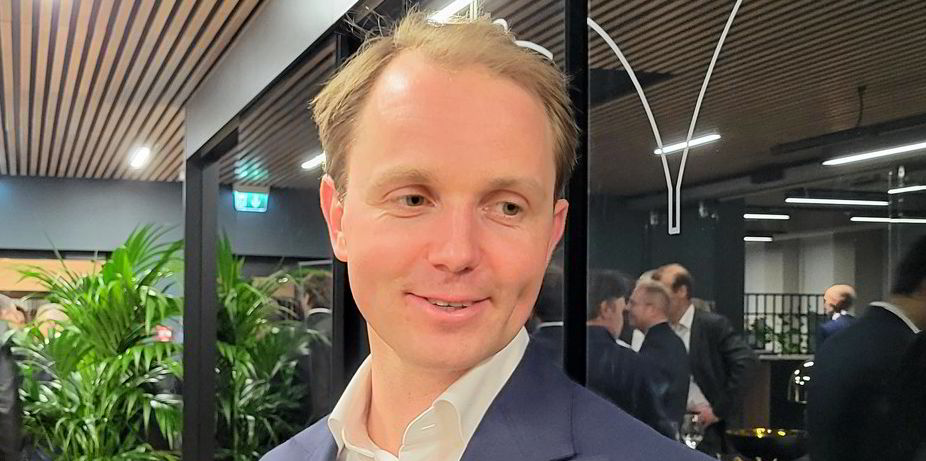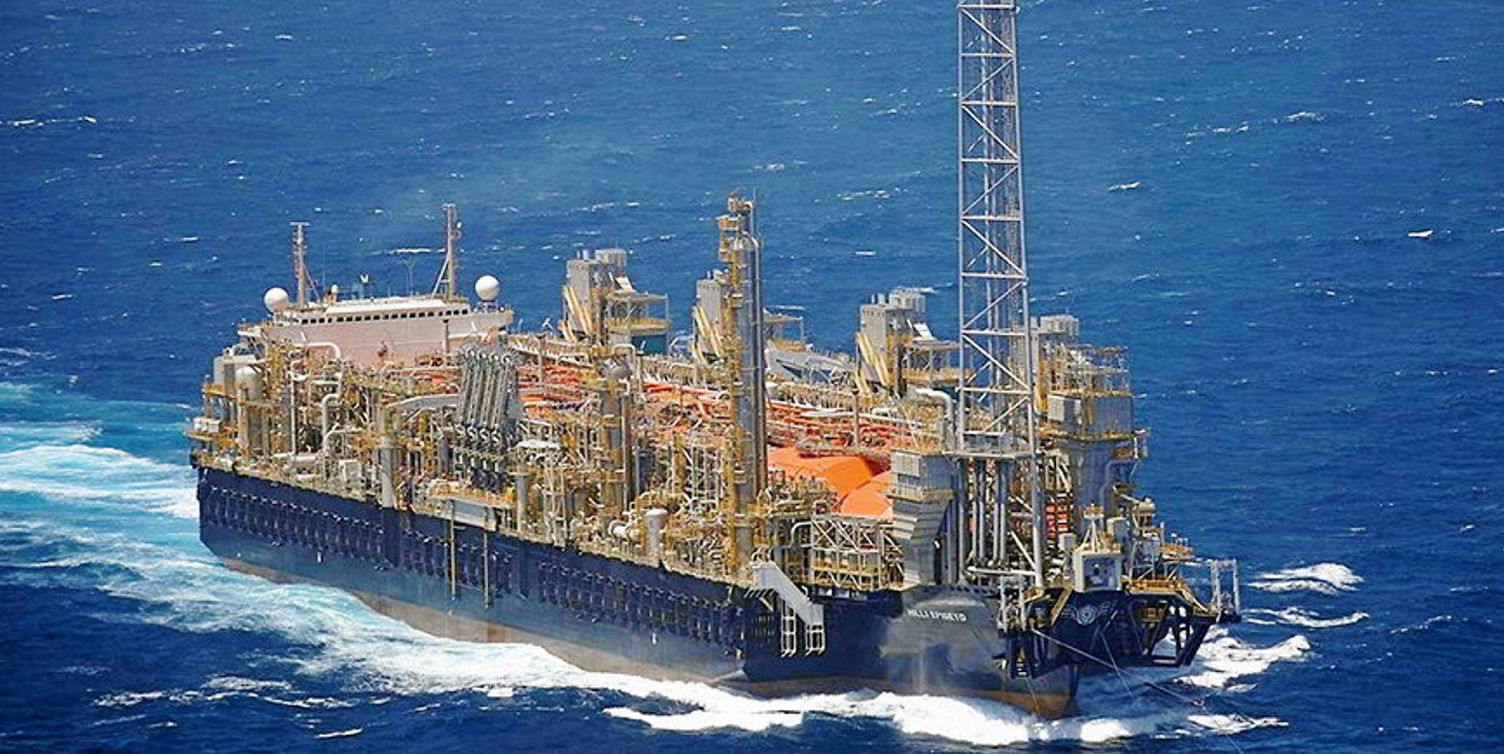Tor Olav Troim-controlled Golar LNG has stepped up its moves to redeploy one of its two existing floating LNG production units and is pushing to bring the start date forward on a second.
Announcing its first-quarter results on Tuesday, Golar said the framework agreement it previously unveiled for the redeployment of its Cameroon-sited, 2.2m tonnes per annum FLNG Hilli has “now progressed to detailed contract negotiations” for an up to 20-year employment deal.
The company said the planned FLNG development has a start-up date of 2027, without giving further details.
It said the next steps would involve signing definitive agreements, obtaining approvals and taking a final investment decision.
Golar said its latest LNG carrier-to-FLNG conversion, the FLNG Gimi, arrived at BP and Kosmos Energy’s Great Tortue Ahmeyim hub in Mauritania and Senegal in April.
The company has received its first standby day rate cash payment from 13 March onwards.
Golar added that it had reached an agreement in principle to resolve the disputed amounts from 10 January 2024 and, if this becomes effective, it will provide progressive stage payments from 10 January 2024 until the commercial start-up.
The company said hook-up and commissioning of the project’s floating production storage and offloading unit is due to be completed in the third quarter of 2024, which will allow commissioning of the FLNG Gimi to start after this.
It said commissioning is scheduled to take around six months after which commercial operations can start, triggering a 20-year lease and operate agreement and unlocking $3bn of adjusted Ebitda backlog.
Golar said: “Together with the client we are making positive progress in exploring options to bring forward parts of the commissioning process that could shorten this six-month commissioning period.”
Speaking about FLNG prospects, Golar said: “Geographically, most of the activity remains in West Africa and South America, however, we are pleased to see other regions with proven stranded and associated gas reserves seek FLNG development.”
With the increased FLNG activity, the company highlighted its employment of Frederico Petersen as its new chief commercial officer and two more persons with maritime and upstream development experience will be joining its team later this year.
Golar turned around its first-quarter figures, reporting a net income of $55.2m compared with a net loss of $101.9m in the comparable period of 2023.
But the company’s operating revenues slipped by 18% to $65m from $74m in the same three months of the previous year.
Golar said it spent $45m on its on-station but not yet operational FLNG Gimi during the quarter, bringing the under-development balance on the floater to $1.6bn as of 31 March 2024.
Of this, $630m was drawn against the $700m debt facility secured by FLNG Gimi.
The company said it has spent $270m on long-lead items and engineering services for its LNG carrier conversion candidate, the 148,500-cbm Fuji LNG (built 2004), in the same period.
- Golar’s only operating unit Hilli increased its CO2 emissions per tonne of LNG produced in 2023 to 0.319 from 0.305 in 2022
- Company chairman Tor Olav Troim said the rise was in part due to fluctuations in feedgas supply from its customer and its “own unscheduled maintenance”
- Golar set out five targets in its ESG report. Its environmental target is to consistently achieve benchmark emissions intensity of 0.30 TCO2e / TLNG (tonnes of CO2 equivalent compared to tonnes of LNG produced) on its currently operating FLNG Hilli and the FLNG Gimi once commercial operations commence.
- The company said it has FLNG designs ready, which would deliver carbon intensity reductions in the range of 25%
- Golar said it will continue to monitor technologies that could deliver even greater improvements in emission intensity, such as carbon capture
- The company said environmental consultants estimate that during the conversion process of each of its two MKI FLNG units, greenhouse gas emissions were around 33% less than comparable designs or for an FLNG newbuilding
- In a forward to the report, Troim highlighted Golar’s two smaller investments: Macaw Energies, focusing on land-based plants for converting flared and stranded gas into biogas and LNG, and Aqualung, a venture in carbon capture membrane technology aimed at enhancing Golar’s FLNG units. He said both investments have the potential to “grow quickly, be highly profitable and reduce carbon emissions”
- “I still see significant potential for reducing the quantity of valuable gas being wasted in West Africa because of flaring. My own visits to several countries in the region last year confirmed a long-held belief in the tremendous development potential of their gas reserves,” Troim said






